Notes:
Product Specification
OEL Display Module
Part Name:
Customer Part ID:
Wisevision Part ID:
Ver: A
Customer:
Approved by
Approved by
1. Please contact us. before assigning your product based on this module specification
2. The information contained herein is presented merely to indicate the characteristics and performance of
our products. No responsibility is assumed by us. for any intellectual property
claims or other problems that may result from application based on the module described herein.
�
RReevviisseedd HHiissttoorryy
Part Number
Revision
Revision Content
A
New
Revised on
20220328
i
�
CCoonntteennttss
RReevviissiioonn HHiissttoorryy ................................................................................................................................ i
CCoonntteennttss ..................................................................................................................................... ii~iii
11.. BBaassiicc SSppeecciiffiiccaattiioonnss ................................................................................................................ 1~3
1.1 Display Specifications .................................................................................................................... 1
1.2 Mechanical Specifications ............................................................................................................... 1
1.3 Active Area / Memory Mapping & Pixel Construction ........................................................................ 1
1.4 Mechanical Drawing ....................................................................................................................... 2
1.5 Pin Definition ................................................................................................................................ 3
22.. AAbbssoolluuttee MMaaxxiimmuumm RRaattiinnggss ........................................................................................................ 4
33.. Optics & EElleeccttrriiccaall CChhaarraacctteerriissttiiccss ....................................................................................... 5~11
3.1 Optics Characteristics .................................................................................................................... 5
3.2 DC Characteristics ......................................................................................................................... 5
3.3 AC Characteristics ................................................................................................................... 6~18
3.3.1 68XX-Series MPU Parallel Interface Characteristics .......................................................... 9~10
3.3.2 80XX-Series MPU Parallel Interface Characteristics ........................................................ 11~12
3.3.3 Serial Interface Characteristics (4-wire SPI) .................................................................. 13~14
3.3.4 Serial Interface Characteristics (3-wire SPI) .................................................................. 15~16
3.3.5 I2C Interface Characteristics ......................................................................................... 17~18
44.. FFuunnccttiioonnaall SSppeecciiffiiccaattiioonn ...................................................................................................... 19~27
4.1 Commands ................................................................................................................................. 19
4.2 Power down and Power up Sequence ........................................................................................... 19
4.2.1 Power up Sequence ........................................................................................................... 19
4.2.2 Power down Sequence ...................................................................................................... 19
4.3 Reset Circuit ............................................................................................................................... 19
4.4 Actual Application Example .................................................................................................... 20~27
4.4.1 VCC Supplied Externally ............................................................................................... 20~23
4.4.2 VCC Generated by Internal DC/DC Circuit ..................................................................... 24~27
55.. RReelliiaabbiilliittyy .................................................................................................................................. 28
5.1 Contents of Reliability Tests ......................................................................................................... 28
5.2 Failure Check Standard ................................................................................................................ 28
66.. OOuuttggooiinngg QQuuaalliittyy CCoonnttrrooll SSppeecciiffiiccaattiioonnss ............................................................................ 29~32
6.1 Environment Required ................................................................................................................. 29
6.2 Sampling Plan ............................................................................................................................. 29
6.3 Criteria & Acceptable Quality Level ......................................................................................... 29~32
6.3.1 Cosmetic Check (Display Off) in Non-Active Area ........................................................... 29~30
6.3.2 Cosmetic Check (Display Off) in Active Area ........................................................................ 31
6.3.3 Pattern Check (Display On) in Active Area ........................................................................... 32
77.. PPaacckkaaggee SSppeecciiffiiccaattiioonnss .............................................................................................................. 33
88.. PPrreeccaauuttiioonnss WWhheenn UUssiinngg TThheessee OOEELL DDiissppllaayy MMoodduulleess ....................................................... 34~36
8.1 Handling Precautions ................................................................................................................... 34
8.2 Storage Precautions..................................................................................................................... 35
8.3 Designing Precautions ................................................................................................................. 35
8.4 Precautions when disposing of the OEL display modules .......................................................... 35~36
8.5 Other Precautions........................................................................................................................ 36
WWaarrrraannttyy ........................................................................................................................................ 36
NNoottiiccee ............................................................................................................................................. 36
ii
�
11.. BBaassiicc SSppeecciiffiiccaattiioonnss
1.1 Display Specifications
1) Display Mode:
2) Display Color:
3) Drive Duty:
Passive Matrix
Monochrome (White)
1/64 Duty
1.2 Mechanical Specifications
1) Outline Drawing:
2) Number of Pixels:
3) Panel Size:
4) Active Area:
5) Pixel Pitch:
6) Pixel Size:
7) Weight:
According to the annexed outline drawing
128 64
24.7 16.6 1.3 (mm)
21.74 11.175 (mm)
0.17 0.175 (mm)
0.15 0.15 (mm)
TBD
1.3 Active Area / Memory Mapping & Pixel Construction
(COM63~COM32)
(SEG127~SEG0)
(COM0~COM31)
SEG & COM Layout
0.17
0.15
5
7
1
.
0
5
1
.
0
Dots Detail
Scale 10X
�
1.4 Mechanical Drawing
k
r
a
m
e
R
g
n
i
w
a
r
D
l
a
n
i
g
i
r
O
e
t
a
D
8
2
2
0
2
2
0
2
m
e
t
I
A
)
1
3
M
O
C
~
0
M
O
C
(
)
0
G
E
S
~
7
2
1
G
E
S
(
)
2
3
M
O
C
~
3
6
M
O
C
(
t
u
o
y
a
L
M
O
C
&
G
E
S
P
2
C
N
2
C
P
1
C
N
1
C
T
A
B
V
C
N
S
S
V
D
D
V
0
S
B
1
S
B
2
S
B
#
S
C
#
S
E
R
#
C
D
/
#
W
R
/
#
D
R
E
/
0
D
1
D
2
D
3
D
4
D
5
D
6
D
7
D
F
E
R
I
H
M
O
C
V
C
C
V
S
S
L
V
)
D
N
G
C
N
(
)
D
N
G
C
N
(
1
2
3
4
5
6
7
8
9
0
1
1
1
2
1
3
1
4
1
5
1
6
1
7
1
8
1
9
1
0
2
1
2
2
2
3
2
4
2
5
2
6
2
7
2
8
2
9
2
0
3
7
1
.
0
5
1
.
0
.
v
e
R
A
r
e
b
m
u
N
g
n
i
w
a
r
D
l
a
i
r
e
t
a
M
e
d
i
m
i
y
l
o
P
i
/
e
m
L
a
d
o
S
e
z
i
S
3
A
t
e
e
h
S
1
f
o
1
e
l
a
c
S
1
:
1
.
M
P
.
.
E
/
l
e
n
a
P
.
.
E
E
n
w
a
r
D
n
e
s
e
J
8
2
2
0
2
2
0
2
e
l
t
i
T
m
m
t
i
n
U
d
e
i
f
i
c
e
p
S
e
s
i
w
r
e
h
t
O
s
s
e
l
n
U
y
B
e
t
a
D
.
3
0
±
1
±
n
o
i
s
n
e
m
D
i
e
l
g
n
A
e
c
n
a
r
e
l
o
T
s
s
e
n
h
g
u
o
R
l
a
r
e
n
e
G
l
a
v
o
r
p
p
A
r
e
m
o
t
s
u
C
e
r
u
t
a
n
g
i
S
l
i
a
t
e
D
s
t
o
D
X
0
1
l
e
a
c
S
0.15
0.175
2
.
0
±
2
2
5
1
3
1
D
S
S
:
C
I
r
e
v
i
r
D
.
2
e
t
i
h
W
:
r
o
l
o
C
.
1
:
s
e
t
o
N
C
2
I
,
I
P
S
e
r
i
w
-
4
/
-
3
,
l
e
l
l
a
r
a
P
X
X
0
8
/
X
X
8
6
t
i
b
-
8
.
0
3
0
±
:
e
c
n
a
r
e
l
o
T
l
a
r
e
n
e
G
.
5
1
5
-
5
1
3
1
P
F
N
:
r
e
b
m
u
N
C
P
F
.
3
:
e
c
a
f
r
e
t
n
I
.
4
3
0
.
0
±
1
.
0
t=0.2mm
Polarizer
12x7x0.063mm
3M #1318B
1
.
0
±
3
.
1
5
5
0
.
t=0.15mm Max
Remove Tape
3
.
0
±
3
.
0
8
9
.
0
8
4
1
.
.
2
0
±
7
.
4
2
)
L
O
P
(
2
±
4
1
.
.
4
2
)
.
A
V
(
4
7
)
.
A
A
(
4
7
.
2
2
.
1
2
1.2
0.7
0.3±0.3
2-R0.4±0.05
0
3
1
NC
VSS
VCOMH
VCC
IREF
NC
NC
NC
D1
NC
NC
NC
D2
D0
NC
D/C#
CS#
BS1
RES#
NC
BS0
VDD
VSS
NC
VBAT
C1N
C2P
NC
C1P
C2N
11.175(A.A)
12.175(V.A)
13.5±(POL)
13.75±0.2(CAP)
16.6±0.2
4.75±0.2
13.92±0.3
.
)
3
0
0
±
0
4
.
1
.
0
±
6
1
0
W
(
.
5
0
0
±
3
.
0
2
=
)
1
-
0
3
(
x
0
7
.
0
P
2±0.2
.
1
0
±
5
8
0
.
�
1.5
Pin Definition
Pin Number
Symbol
I/O
Function
PPoowweerr SSuuppppllyy
VDD
VSS
P PPoowweerr SSuuppppllyy ffoorr LLooggiicc
GGrroouunndd ooff LLooggiicc CCiirrccuuiitt
This is a voltage supply pin. It must be connected to external source.
VCC
P
This is a ground pin. It acts as a reference for the logic pins. It must be
connected to external ground.
PPoowweerr SSuuppppllyy ffoorr OOEELL PPaanneell
This is the most positive voltage supply pin of the chip. A stabilization capacitor
should be connected between this pin and VSS when the converter is used. It
must be connected to external source when the converter is not used.
VLSS
P GGrroouunndd ooff AAnnaalloogg CCiirrccuuiitt
This is an analog ground pin. It should be connected to VSS externally.
15
D/C#
I
17
E/RD#
I
9
8
28
29
DDrriivveerr
26
27
IREF
VCOMH
DDCC//DDCC CCoonnvveerrtteerr
6
VBAT
4 / 5
2 / 3
C1P / C1N
C2P / C2N
IInntteerrffaaccee
10
11
12
14
13
BS0
BS1
BS2
RES#
CS#
P
I
O
P
I
I
I
I
CCuurrrreenntt RReeffeerreennccee ffoorr BBrriigghhttnneessss AAddjjuussttmmeenntt
This pin is segment current reference pin. A resistor should be connected
between this pin and VSS. Set the current at 12.5A maximum.
VVoollttaaggee OOuuttppuutt HHiigghh LLeevveell ffoorr CCOOMM SSiiggnnaall
This pin is the input pin for the voltage output high level for COM signals. A
capacitor should be connected between this pin and VSS.
PPoowweerr SSuuppppllyy ffoorr DDCC//DDCC CCoonnvveerrtteerr CCiirrccuuiitt
This is the power supply pin for the internal buffer of the DC/DC voltage converter.
It must be connected to external source when the converter is used. It should be
connected to VDD when the converter is not used.
PPoossiittiivvee TTeerrmmiinnaall ooff tthhee FFllyyiinngg IInnvveerrttiinngg CCaappaacciittoorr
NNeeggaattiivvee TTeerrmmiinnaall ooff tthhee FFllyyiinngg BBoooosstt CCaappaacciittoorr
The charge-pump capacitors are required between the terminals. They must be
floated when the converter is not used.
CCoommmmuunniiccaattiinngg PPrroottooccooll SSeelleecctt
These pins are MCU interface selection input. See the following table:
I2C
3-wire SPI
4-wire SPI
8-bit 68XX Parallel
8-bit 80XX Parallel
BS0
0
1
0
0
0
BS1
1
0
0
0
1
BS2
0
0
0
1
1
PPoowweerr RReesseett ffoorr CCoonnttrroolllleerr aanndd DDrriivveerr
This pin is reset signal input. When the pin is low, initialization of the chip is
executed. Keep this pin pull high during normal operation.
CChhiipp SSeelleecctt
This pin is the chip select input. The chip is enabled for MCU communication only
when CS# is pulled low.
DDaattaa//CCoommmmaanndd CCoonnttrrooll
This pin is Data/Command control pin. When the pin is pulled high, the input at
D7~D0 is treated as display data. When the pin is pulled low, the input at D7~D0
will be transferred to the command register.
When the pin is pulled high and serial interface mode is selected, the data at SDIN
will be interpreted as data. When it is pulled low, the data at SDIN will be
transferred to the command register. In I2C mode, this pin acts as SA0 for slave
address selection.
For detail relationship to MCU interface signals, please refer to the Timing
Characteristics Diagrams.
RReeaadd//WWrriittee EEnnaabbllee oorr RReeaadd
This pin is MCU interface input. When interfacing to a 68XX-series
microprocessor, this pin will be used as the Enable (E) signal. Read/write operation
is initiated when this pin is pulled high and the CS# is pulled low.
When connecting to an 80XX-microprocessor, this pin receives the Read (RD#)
signal. Data read operation is initiated when this pin is pulled low and CS# is
pulled low.
When serial or I2C mode is selected, this pin must be connected to VSS.
�
1.5 Pin Definition (Continued)
Pin Number
Symbol
I/O
IInntteerrffaaccee ((CCoonnttiinnuueedd))
16
R/W#
I
18~25
D0~D7
I/O
RReesseerrvvee
Function
RReeaadd//WWrriittee SSeelleecctt oorr WWrriittee
This pin is MCU interface input. When interfacing to a 68XX-series
microprocessor, this pin will be used as Read/Write (R/W#) selection input. Pull
this pin to “High” for read mode and pull it to “Low” for write mode.
When 80XX interface mode is selected, this pin will be the Write (WR#) input.
Data write operation is initiated when this pin is pulled low and the CS# is pulled
low.
When serial or I2C mode is selected, this pin must be connected to VSS.
HHoosstt DDaattaa IInnppuutt//OOuuttppuutt BBuuss
These pins are 8-bit bi-directional data bus to be connected to the
microprocessor’s data bus. When serial mode is selected, D1 will be the serial
data input SDIN and D0 will be the serial clock input SCLK. When I2C mode is
selected, D2 & D1 should be tired together and serve as SDAout & SDAin in
application and D0 is the serial clock input SCL.
Unused pins must be connected to VSS except for D2 in serial mode.
7
N.C.
1, 30
N.C. (GND)
-
-
RReesseerrvveedd PPiinn
The N.C. pin between function pins are reserved for compatible and flexible
design.
RReesseerrvveedd PPiinn ((SSuuppppoorrttiinngg PPiinn))
The supporting pins can reduce the influences from stresses on the function pins.
These pins must be connected to external ground as the ESD protection circuit.
�
22.. AAbbssoolluuttee MMaaxxiimmuumm RRaattiinnggss
Parameter
Symbol
Supply Voltage for Logic
Supply Voltage for Display
Supply Voltage for DC/DC
Operating Temperature
Storage Temperature
Life Time (110 cd/m2)
Life Time (80 cd/m2)
Life Time (60 cd/m2)
VDD
VCC
VBAT
TOP
TSTG
Min
-0.3
0
-0.3
-40
-40
10,000
30,000
50,000
Max
4
16.5
4.5
85
85
-
-
-
Unit
Notes
V
V
V
C
C
hour
hour
hour
1, 2
1, 2
1, 2
3
4
4
4
Note 1: All the above voltages are on the basis of “VSS = 0V”.
Note 2: When this module is used beyond the above absolute maximum ratings, permanent breakage of the
module may occur. Also, for normal operations, it is desirable to use this module under the
conditions according to Section 3. “Optics & Electrical Characteristics”. If this module is used
beyond these conditions, malfunctioning of the module can occur and the reliability of the module
may deteriorate.
Note 3: The defined temperature ranges do not include the polarizer. The maximum withstood
temperature of the polarizer should be 80C.
Note 4: VCC = 9.0V, Ta = 25°C, 50% Checkerboard.
Software configuration follows Section 4.4 Initialization.
End of lifetime is specified as 50% of initial brightness reached. The average operating lifetime at
room temperature is estimated by the accelerated operation at high temperature conditions.
�
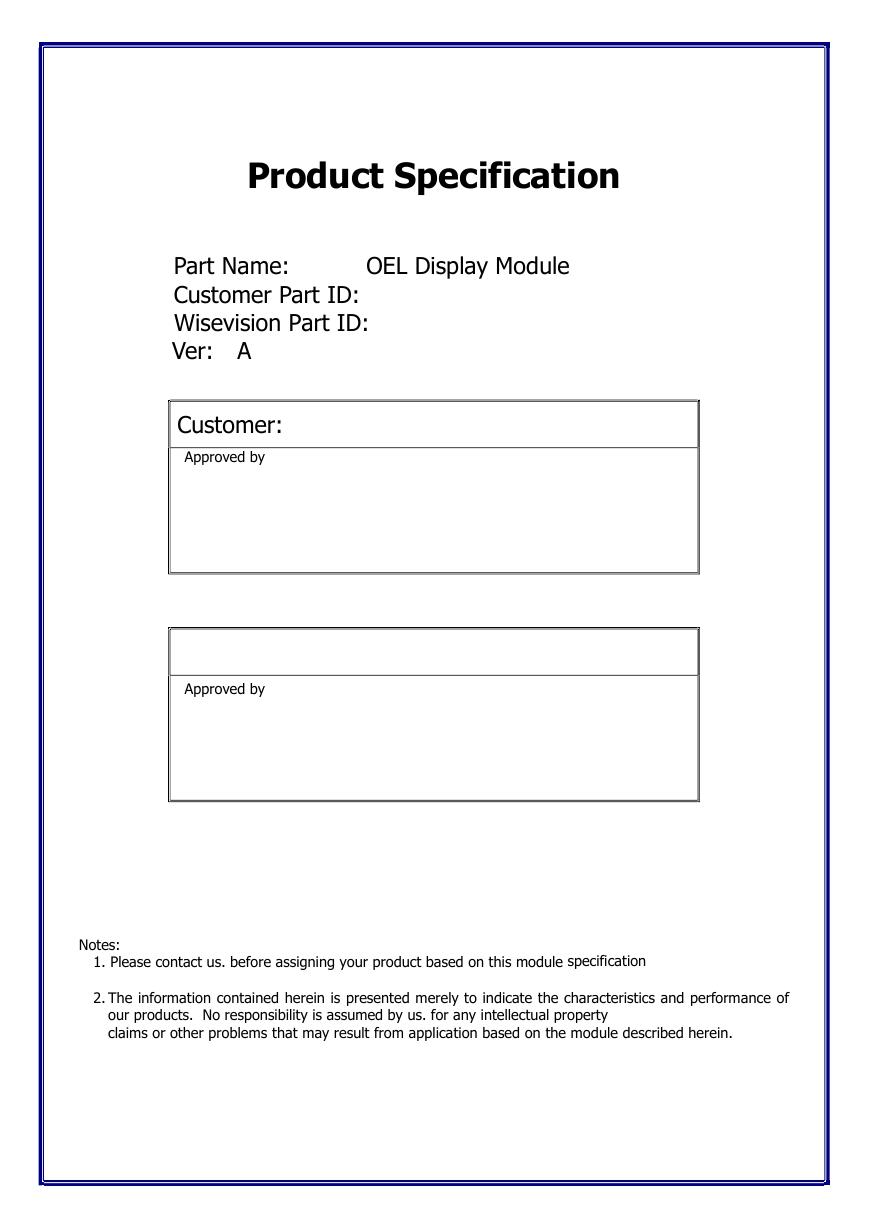
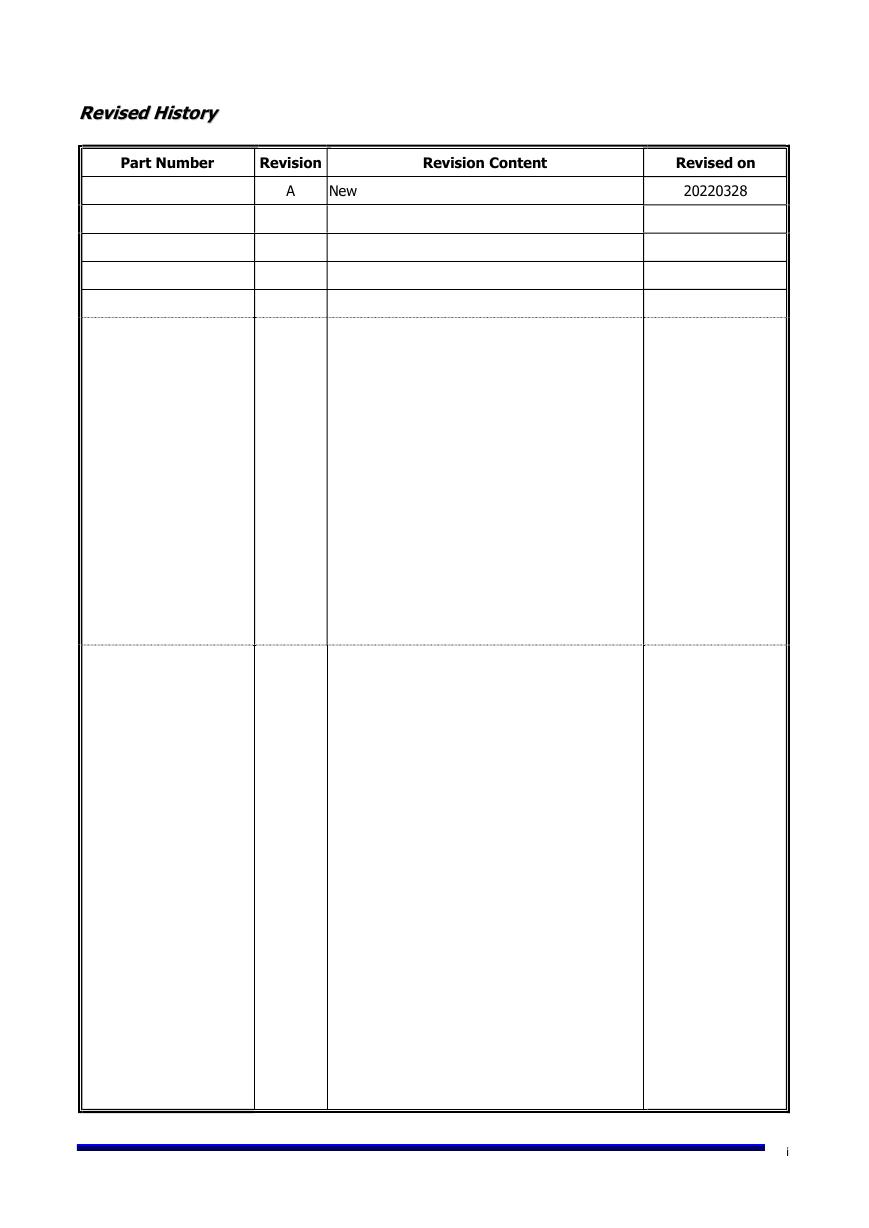

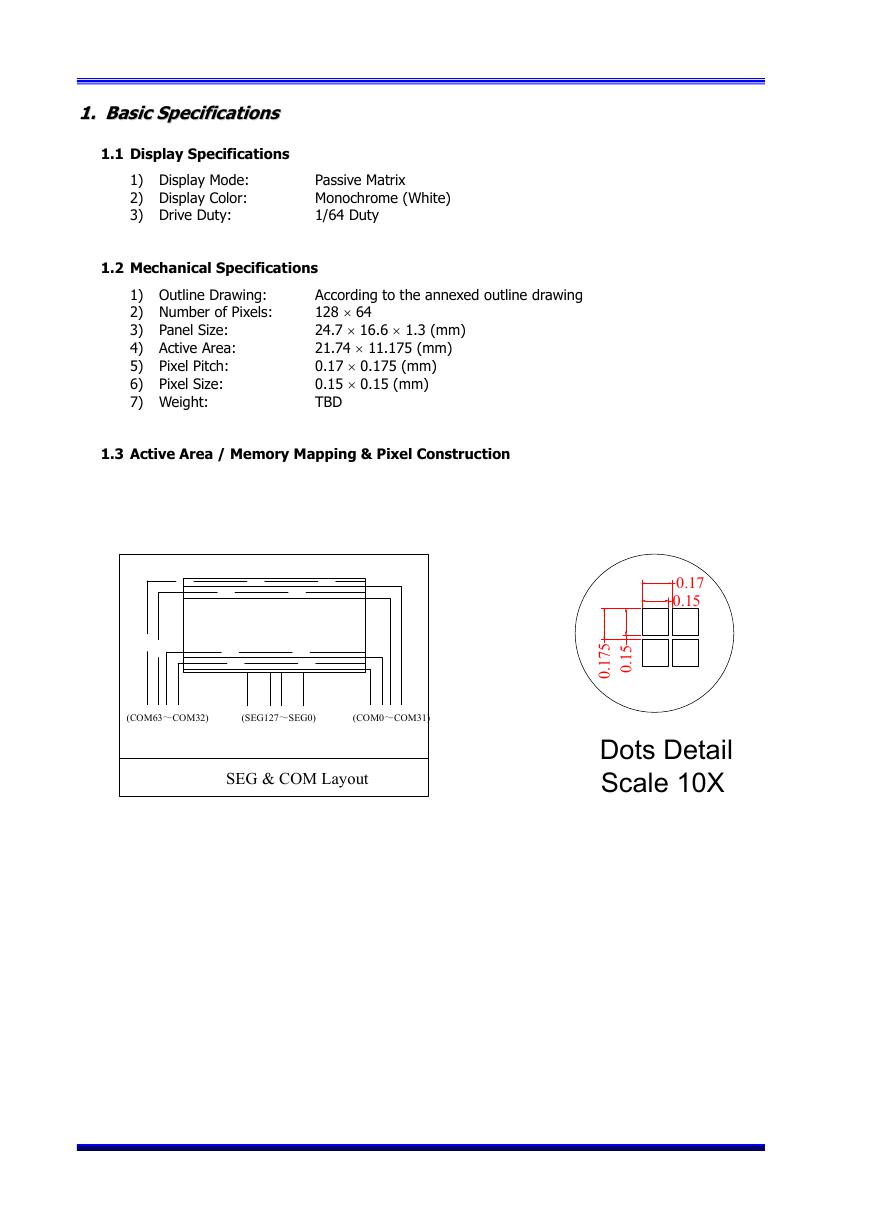

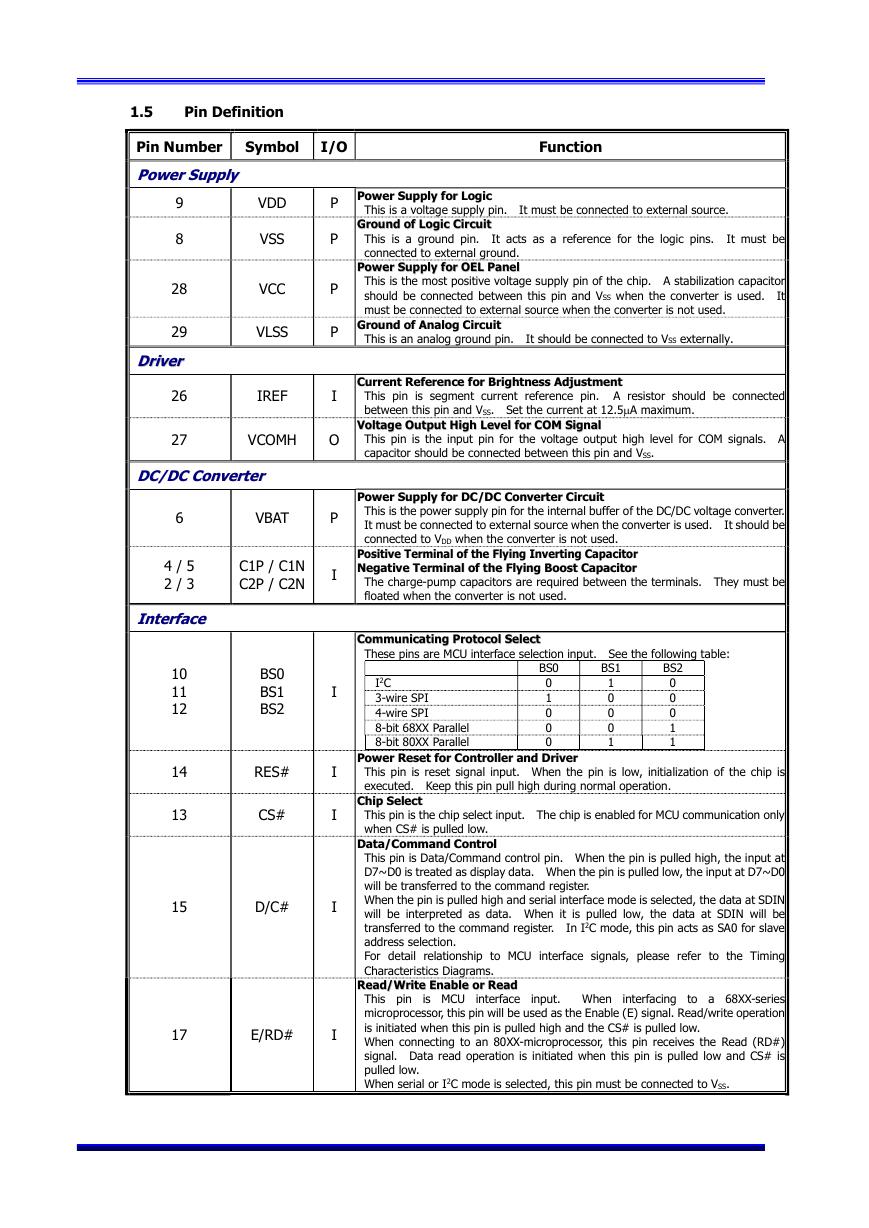
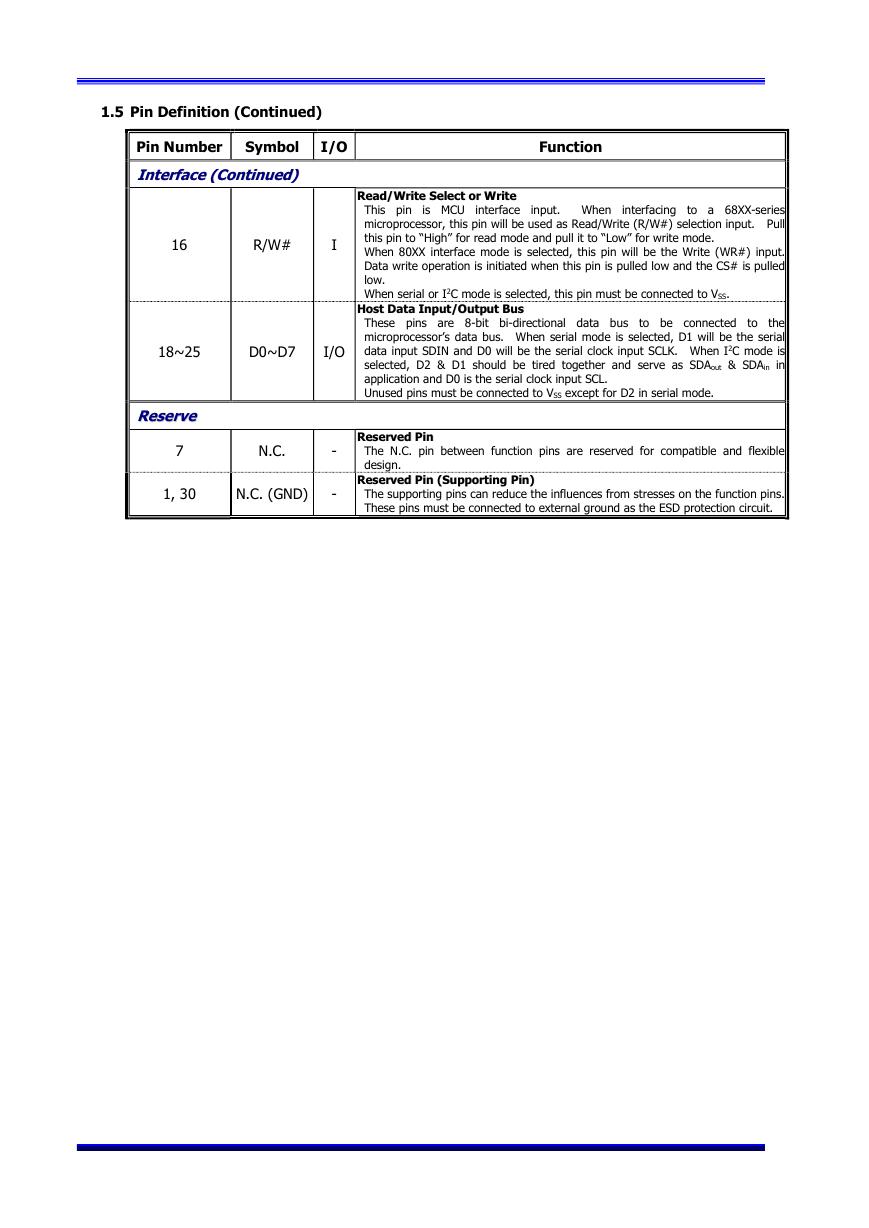









 V2版本原理图(Capacitive-Fingerprint-Reader-Schematic_V2).pdf
V2版本原理图(Capacitive-Fingerprint-Reader-Schematic_V2).pdf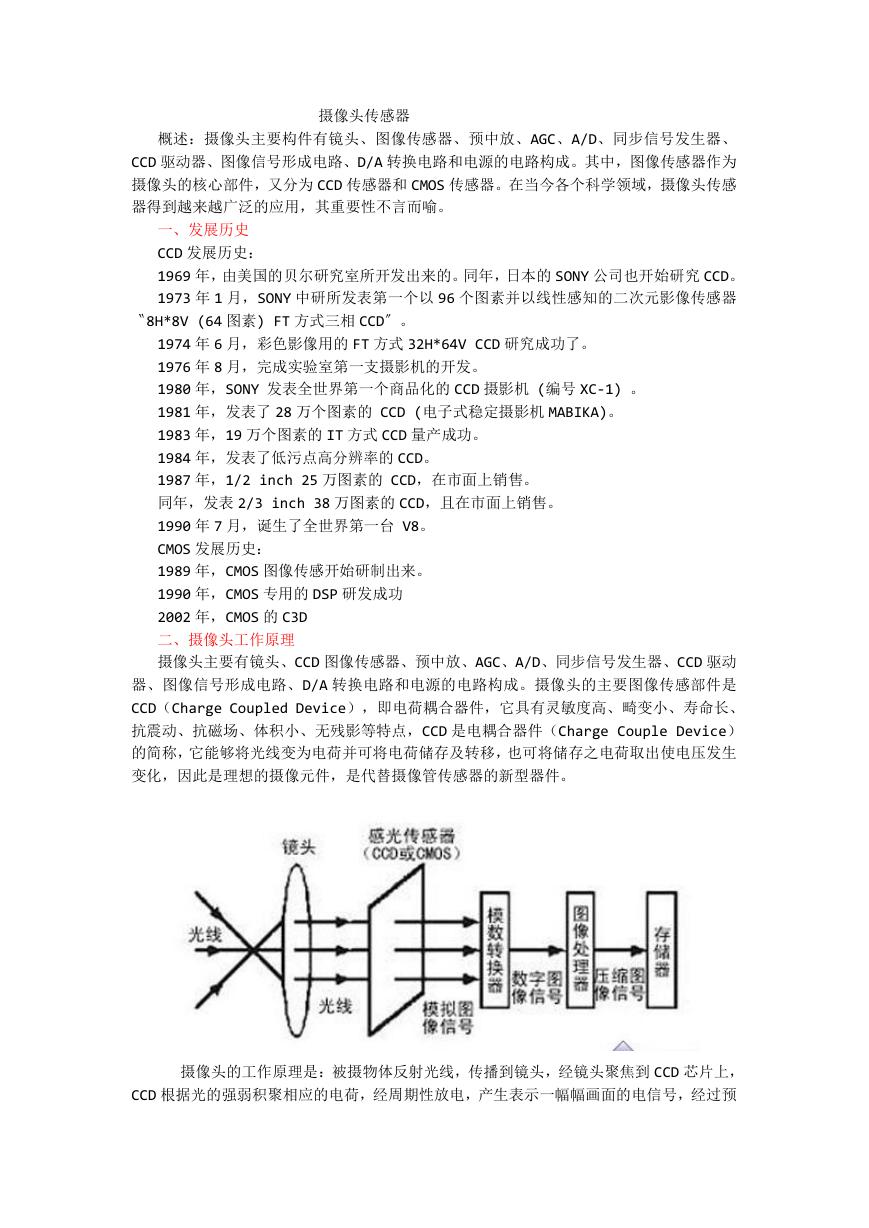 摄像头工作原理.doc
摄像头工作原理.doc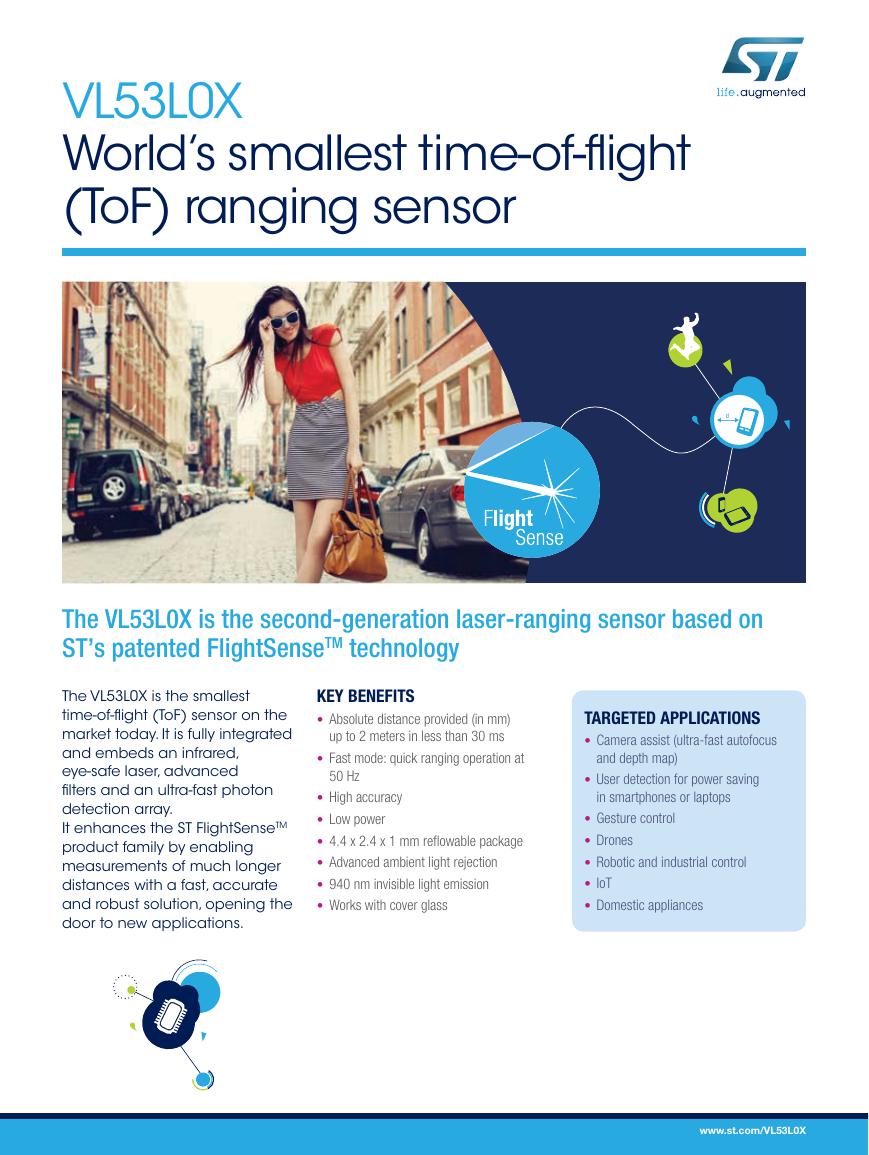 VL53L0X简要说明(En.FLVL53L00216).pdf
VL53L0X简要说明(En.FLVL53L00216).pdf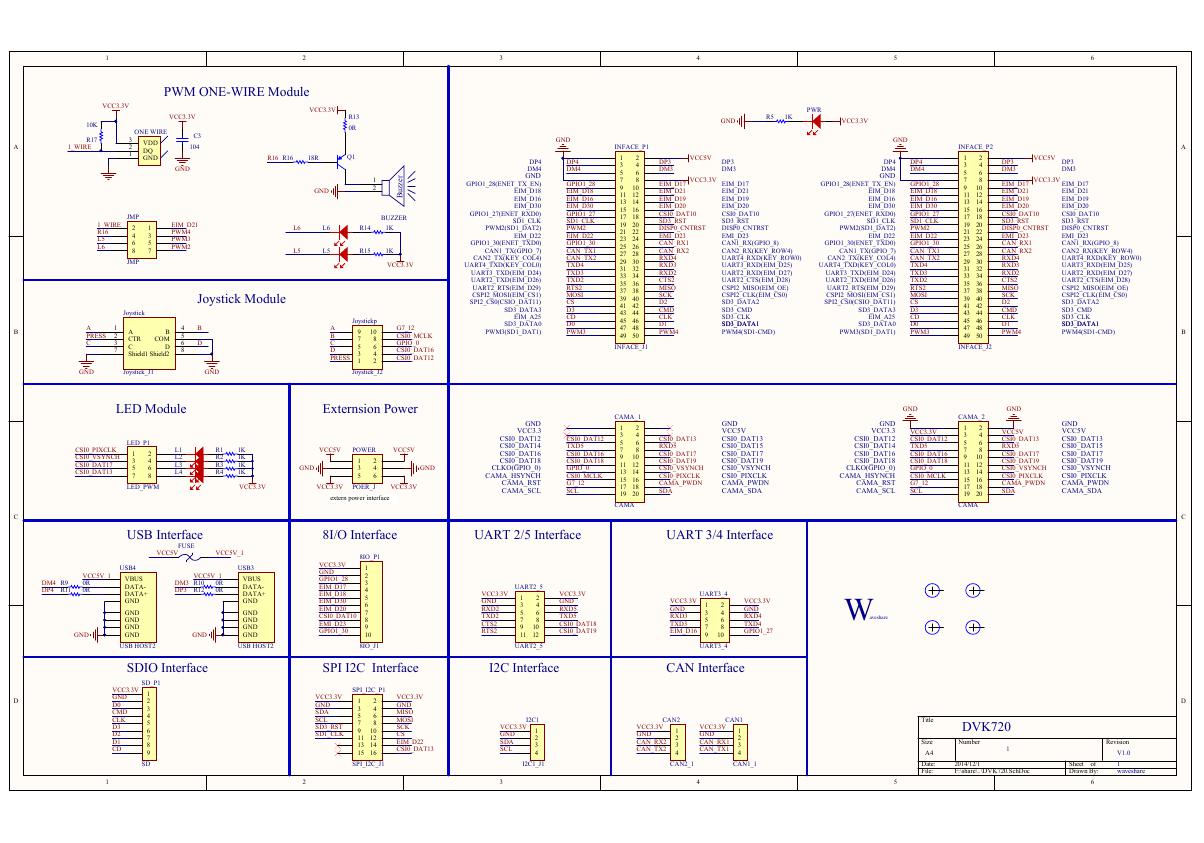 原理图(DVK720-Schematic).pdf
原理图(DVK720-Schematic).pdf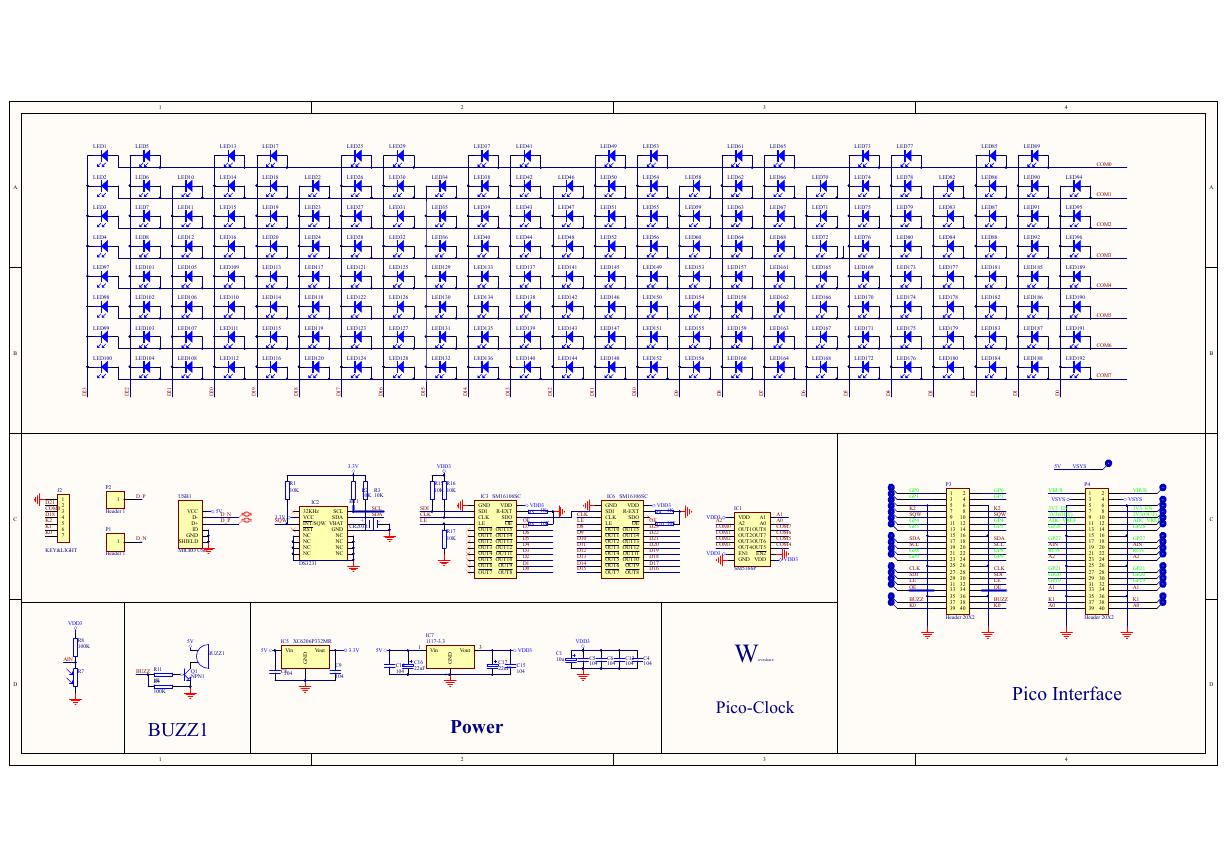 原理图(Pico-Clock-Green-Schdoc).pdf
原理图(Pico-Clock-Green-Schdoc).pdf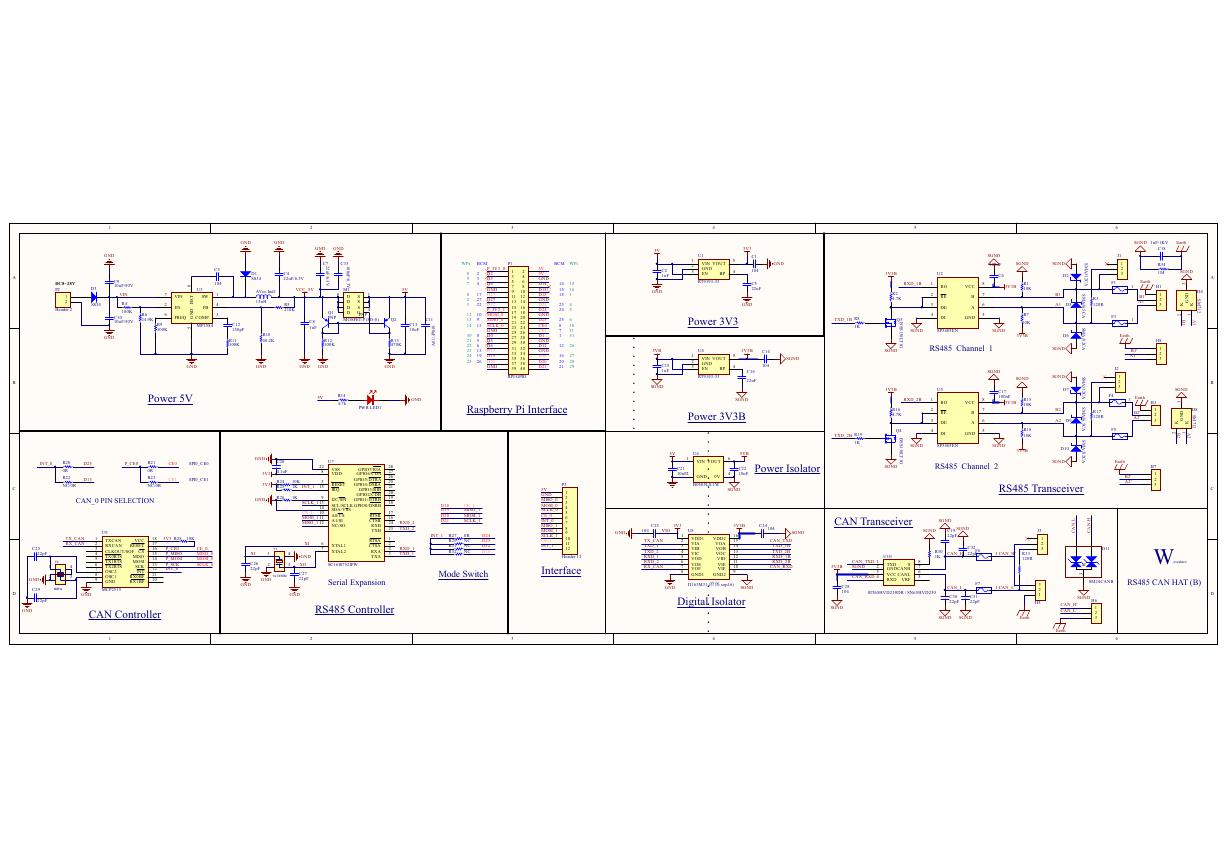 原理图(RS485-CAN-HAT-B-schematic).pdf
原理图(RS485-CAN-HAT-B-schematic).pdf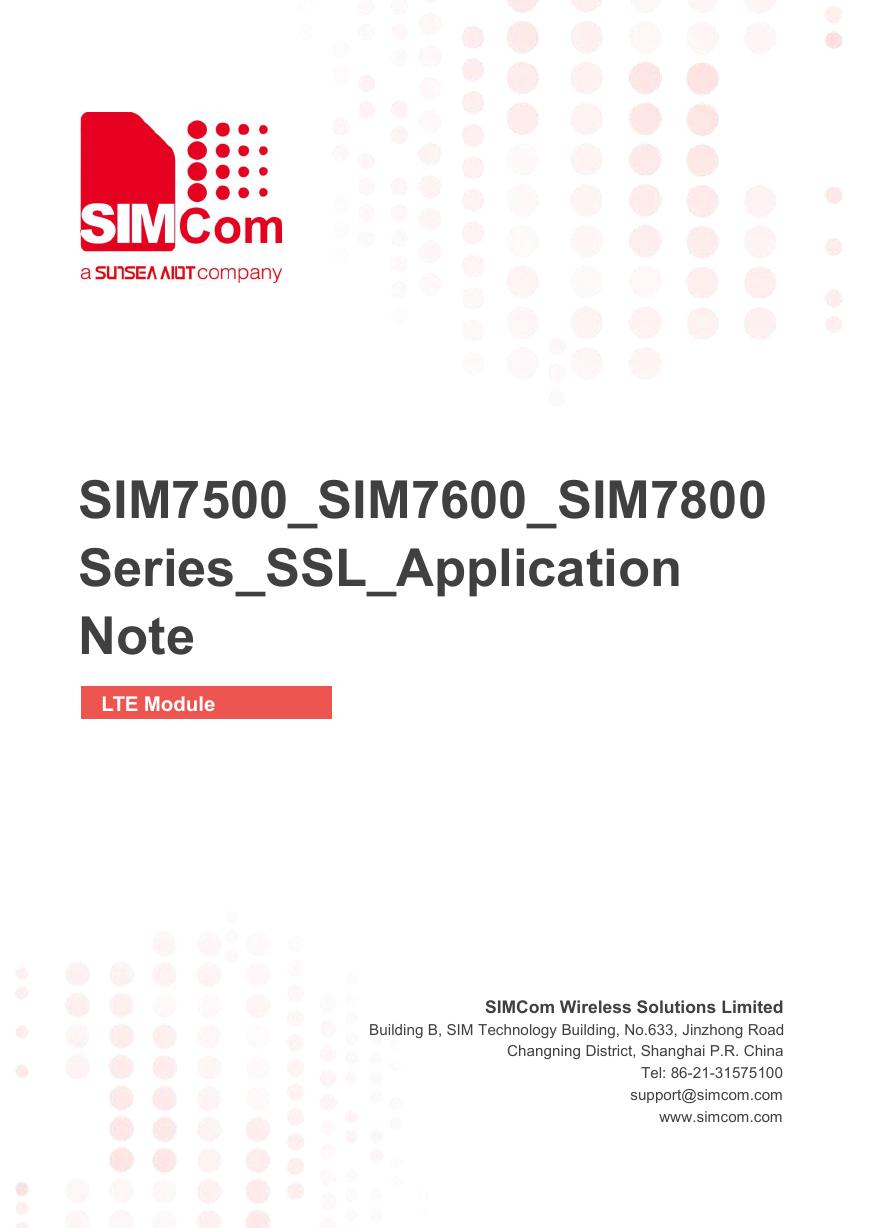 File:SIM7500_SIM7600_SIM7800 Series_SSL_Application Note_V2.00.pdf
File:SIM7500_SIM7600_SIM7800 Series_SSL_Application Note_V2.00.pdf ADS1263(Ads1262).pdf
ADS1263(Ads1262).pdf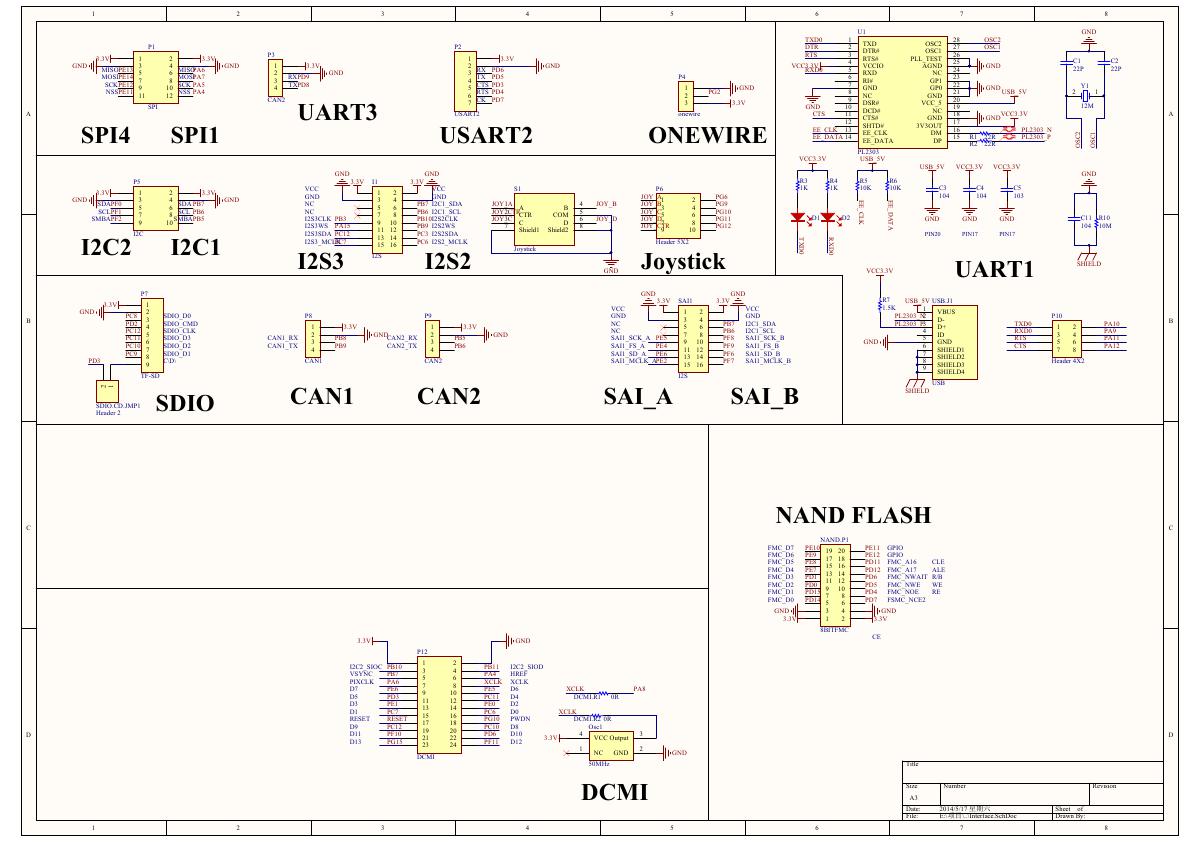 原理图(Open429Z-D-Schematic).pdf
原理图(Open429Z-D-Schematic).pdf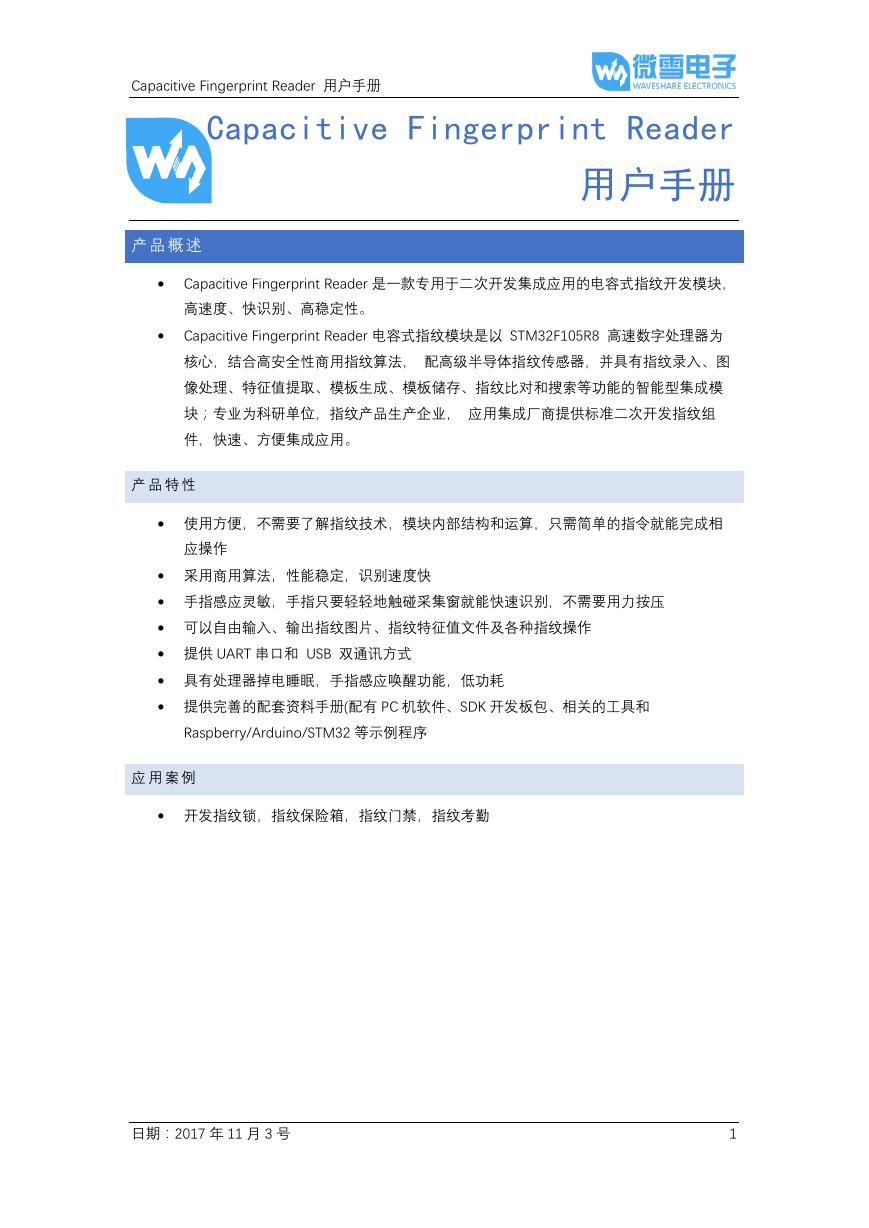 用户手册(Capacitive_Fingerprint_Reader_User_Manual_CN).pdf
用户手册(Capacitive_Fingerprint_Reader_User_Manual_CN).pdf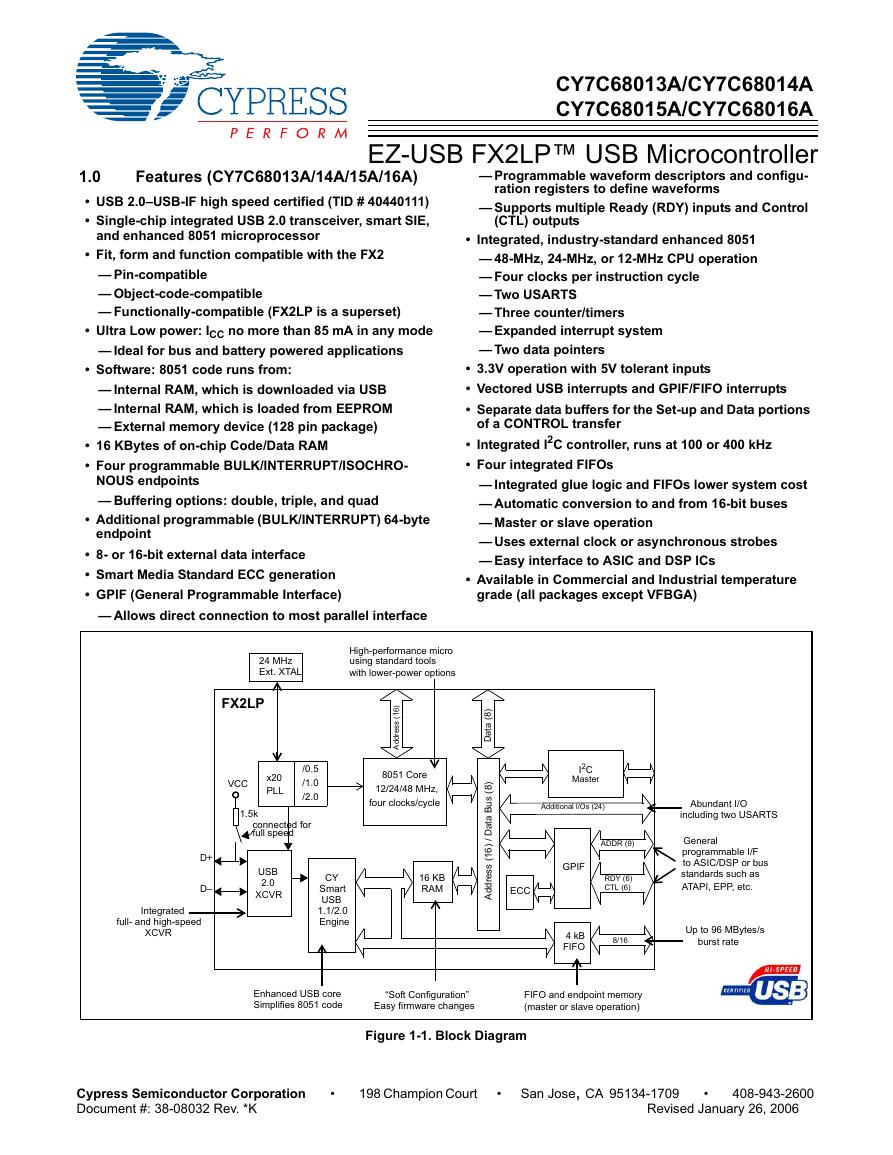 CY7C68013A(英文版)(CY7C68013A).pdf
CY7C68013A(英文版)(CY7C68013A).pdf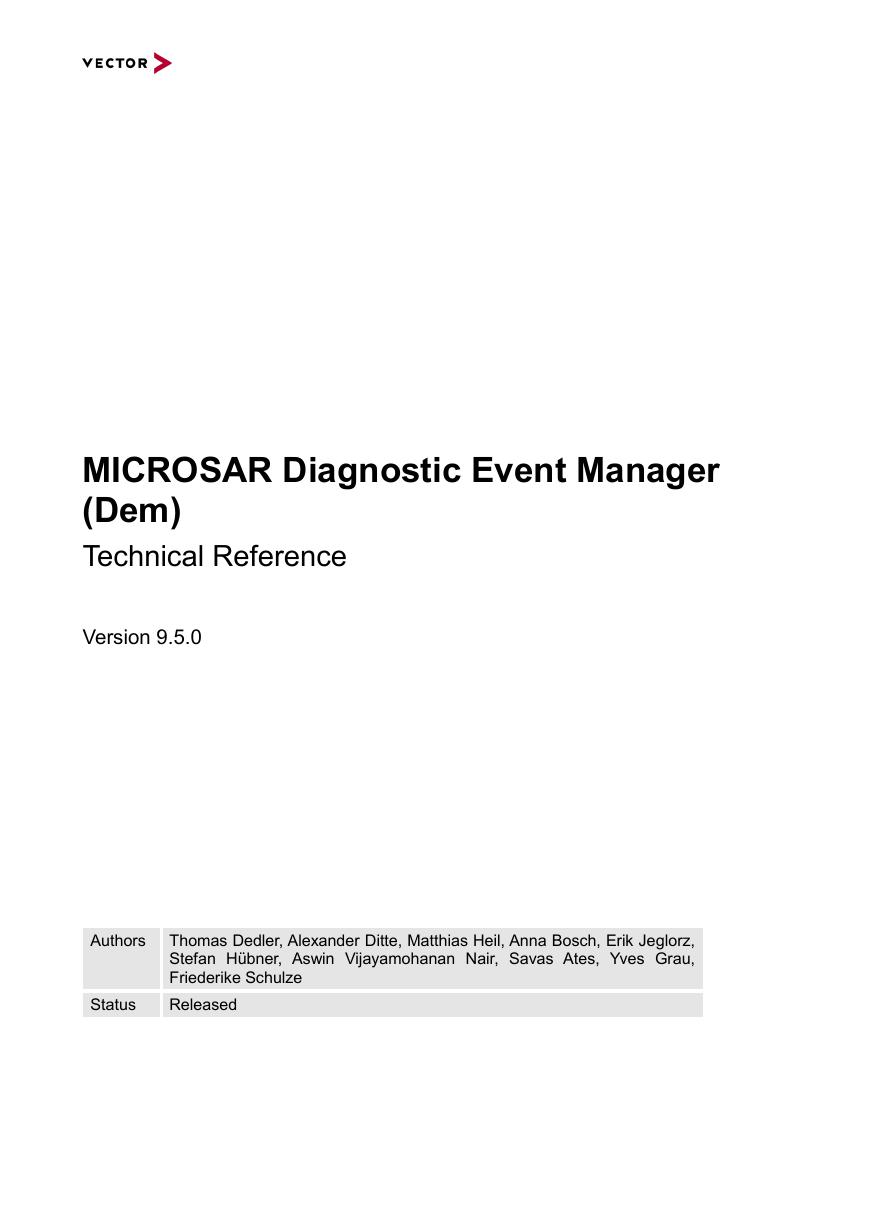 TechnicalReference_Dem.pdf
TechnicalReference_Dem.pdf